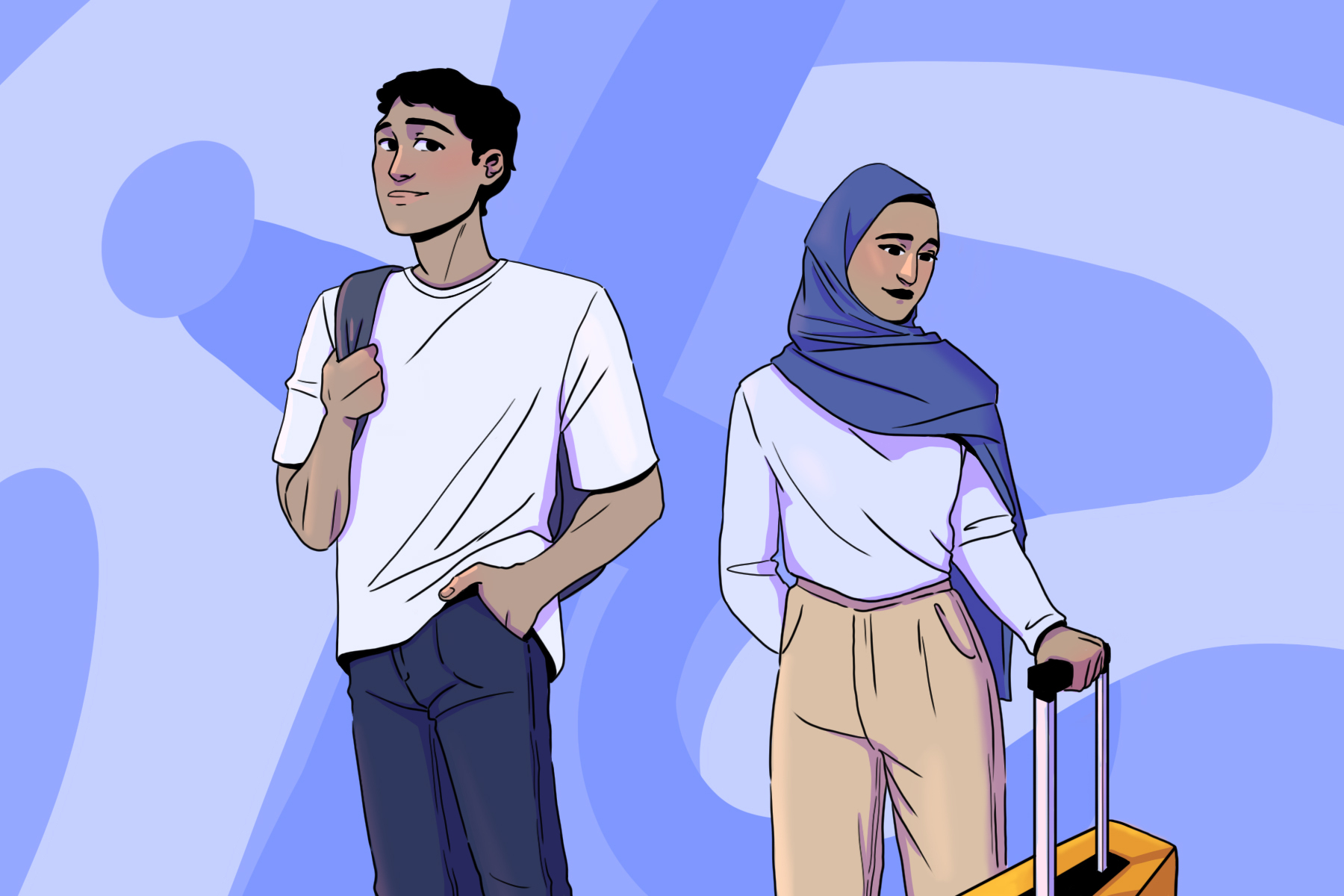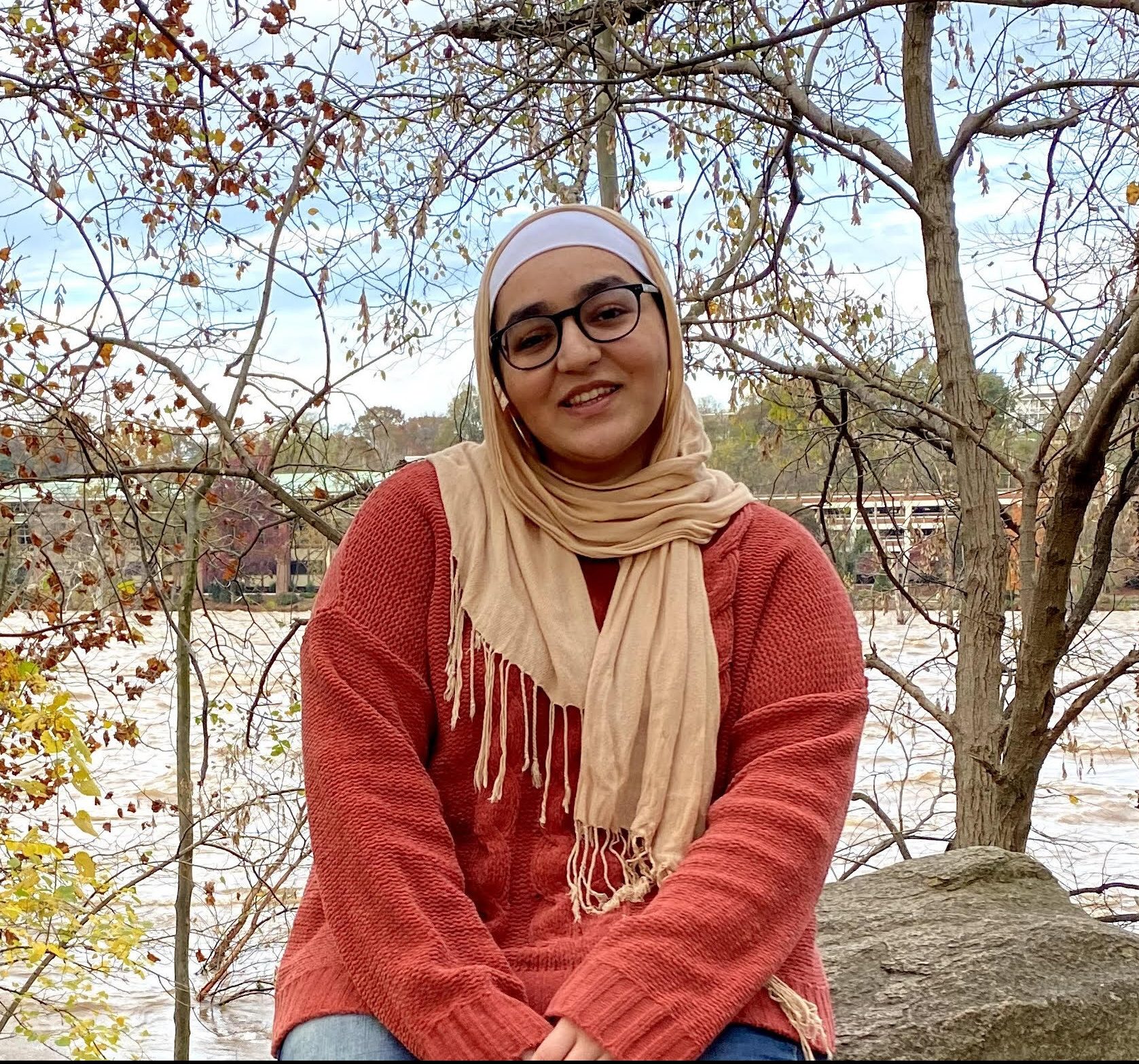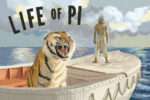“Love from A to Z” by S. K. Ali tells the story of Adam and Zayneb, two Muslim teenagers who meet at a London airport gate headed for Doha, Qatar. Although initially attracted to each other’s looks at first glance, the novel follows the pair as they begin to truly fall in love, all while struggling with their identities and personal issues. Bringing together cultural values and religious expectations into a beautiful romance, Ali narrates the Muslim American experience in a way that’s rarely found in the literary scene. Ali further breaks barriers by rejecting the tropes we often see Muslims take part in, and the author instead dedicates “Love from A to Z” to true Muslim representation by including converts, immigrants and mixed-race families as important parts of the story.
Halal Romance
The story begins by introducing us to Adam and Zayneb when they discover the manuscript of “The Marvels of Creation and the Oddities of Existence,” a book written by Zakariyya ibn Muhammad Al-Qazwini in 1275 AD. While Zayneb found the manuscript online during his work on a research project, Adam saw it in person at the Museum of Islamic Art in Doha. Upon seeing the book, both decide to start a journal documenting the marvels and oddities in their own lives. Thus, long before meeting, Zayneb and Adam were connected to each other. This fated relationship echoes that of Romeo and Juliet, arguably the most famous star-crossed lovers. But unlike the popular Shakespearean play, “Love from A to Z” ends happily. Adam and Zayneb lead us there by sharing their story through their poignant journal entries.
Early on in their relationship, both Adam and Zayneb emphasize the importance of following Islamic rules when meeting each other. They are never alone together and always meet in public or with friends. When meeting up, they greet each other with the customary Islamic greeting of “Assalamu Alaikum (Peace be upon you)” and “Waalaikum Assalam (And peace be upon you as well).”
After expressing their attraction to one another and deciding to court each other seriously, they continue to follow the Islamic rulings on courtship. Adam assures Zayneb that he would never touch her, nor would they ever be alone together. To further keep things halal (permissible in Islam) between them, they both inform their families of their desire to get to know each other seriously and meet with each other’s families. Once they receive approval from both sides, they court each other while still abiding by their religious rules.
This value and preservation of Islam are incredibly admirable. The fact that their religion is such a highlighted part of their relationship is so great to see as a Muslim American, since this is often not how Islam is portrayed in the media, literary or otherwise. In fact, a common trope that applies to Muslims is the idea that their religion is suffocating them, resulting in them rejecting their religion and abandoning their religious community. By refusing to entertain the anti-Muslim narrative, S. K. Ali introduces readers to the beauty of Islam, rather than giving in to the widespread Islamophobic rhetoric found in the media today.
Facing Islamophobia
The reader is also presented with Zayneb’s experiences with Islamophobia, especially when facing her racist and bigoted teacher, Mr. Fencer. Earlier in the novel, Zayneb and her friends, Kavi and Ayaan, plan to report Fencer to the school board. They silently collect proof of his racism as part of a global movement: #EatThemAlive. During a particularly Islamophobic lesson, Zayneb and Kavi exchange notes expressing their outrage to each other. To console one another, they write #EatThemAlive, followed by “Ayaan has stuff” and “Fencer is not going to be here. I’m going to make sure of it.”
Consumed with anticipation at getting her hateful teacher fired, Zayneb begins drawing a knife and fork next to the hashtag. Unfortunately, Fencer catches her before she gets to draw the fork and reports her to the principal for appearing to threaten a teacher. Zayneb is suspended for a week, which happens to be the week right before spring break. Rather than being able to enjoy this extra break, Zayneb is faced with the disappointment of her parents and the guilt of getting Ayaan in trouble. By making this specific struggle a central part of the story, S. K. Ali highlights an experience that many in the Muslim American community know all too well.
Representation of Those Often Overlooked
“Love from A to Z” provides exceptional representation for multiple communities. Both Adam and Zayneb’s families are of mixed race, a group frequently overlooked in the Muslim community. Additionally, neither of them are Arab, an ethnic group that often overshadows the plethora of other ethnicities in Islam. Zayneb’s background also highlights the large number of immigrants within the Muslim community: Her father is originally from Pakistan, while her mother is Trinidadian and Guyanese.
Adam’s family offers representation to the large community of converts, also known as reverts, in Islam. His father, who is of Chinese descent, converted to Islam when Adam was rather young, while Adam himself converted at 11 years old. This itself is an incredible detail, suggesting his impressive maturity at a young age that helped him make such an important decision. Zayneb’s mother is also a revert, having converted to Islam right before marrying Zayneb’s father.
The novel also breaks the stigma often found in the Muslim, Arab and Asian communities around illness and disease. Having dealt with his mother’s death from multiple sclerosis, MS, Adam is initially in denial when he is diagnosed with the same disease. A significant aspect of “Love from A to Z” is Adam’s journey toward learning to accept his diagnosis and adapt his lifestyle to MS. Thus, the story breaks barriers and dedicates itself to inclusivity, fully encompassing the realities of the Muslim community.
Falling in Love … With Hijab
“Love from A to Z” also follows Zayneb as she learns to love her identity and her hijab. Unlike in other stories featuring Muslim characters, Zayneb embraces her hijab, rather than removing it for the sake of a boy. In fact, Adam encourages Zayneb to wear her hijab, often complimenting her beauty with it on. Adam admits that he is drawn to Zayneb’s hijab upon first seeing her, describing it in his journal as a “brilliant blue.” As he continues getting to know her, he consistently confesses to his journal how beautiful she looks in her hijab, being drawn to the colors and patterns she adorns herself with. This adorable detail veers far away from the trope that plagues many hijabi Muslim women in the media, where they end up rejecting their religion and removing their hijab after falling in love with a non-Muslim, typically white, boy.
In a particularly relatable scene, Zayneb throws on her blanket over her pajamas, in lieu of a headscarf, to answer the door, as she had been lying in bed and didn’t have enough time to properly prepare herself. She had been grieving her grandmother’s death and is met with compassion when answering the door to her newfound friends in Doha, who had come to visit her after hearing the news. Zayneb’s self-description of having a “ghostlike appearance” provides some comic relief to the obviously melancholy mood. Many Muslim women can relate to such a scene, including myself, making it a realistic and engaging addition to the novel.
“Love from A to Z” is an elegantly crafted novel that shatters preconceived notions about love in Islam, offering relatable and accessible details to its Muslim and non-Muslim readers alike. Told directly from Adam and Zayneb’s perspectives, the story denies any room for anti-Muslim cliches in the novel and is instead a celebration of the Muslim identity. S. K. Ali created an exceptional novel dealing with real-life issues that many Muslims can relate to: immigration, grief, Islamophobia, the struggles with ethnic and religious identity and, most prominently of all, love.

















